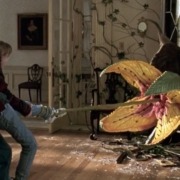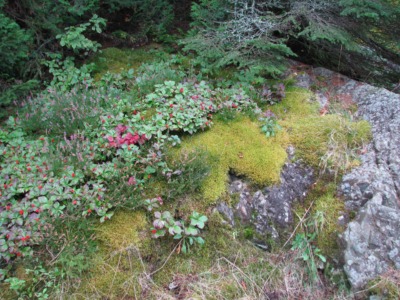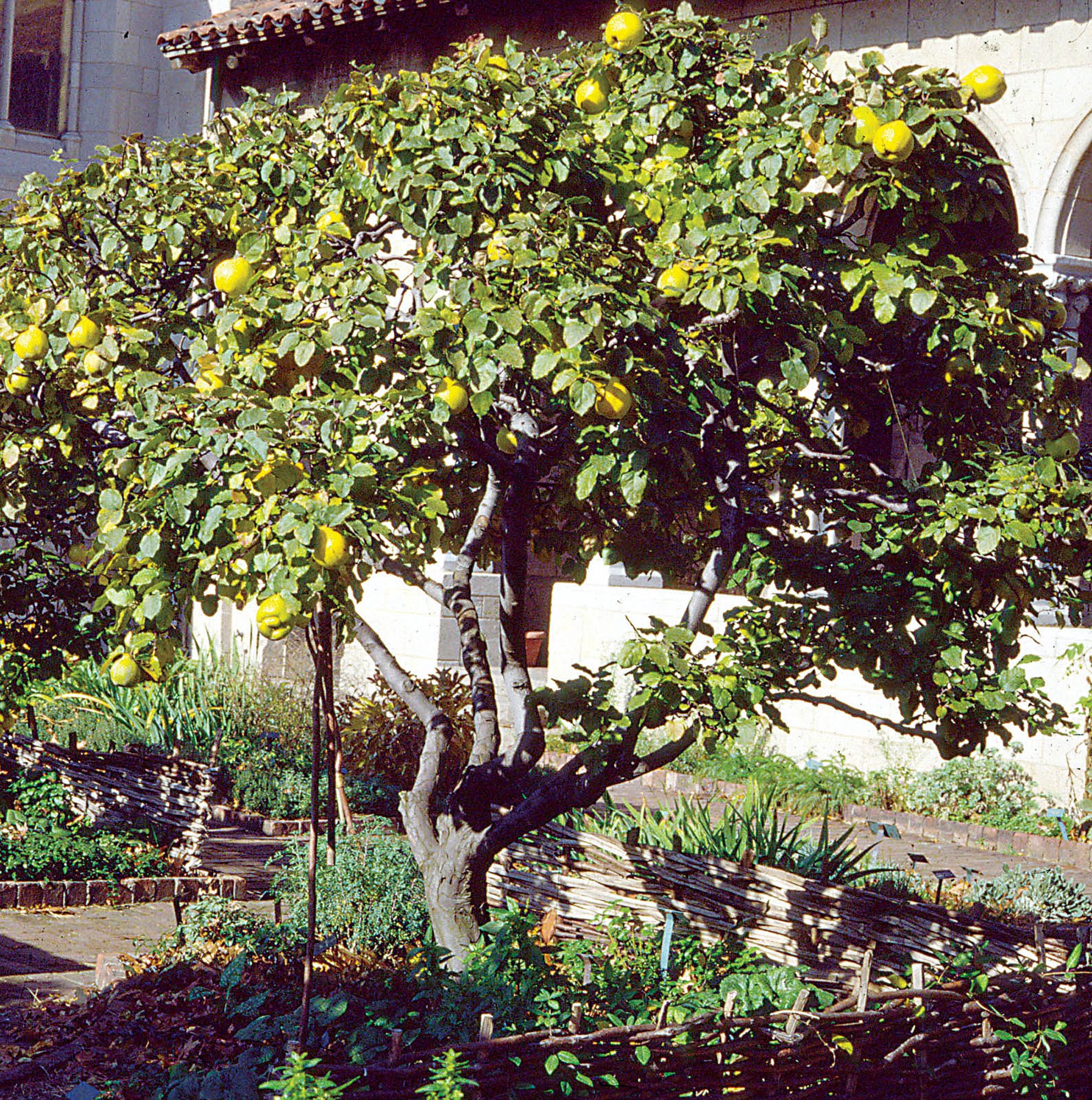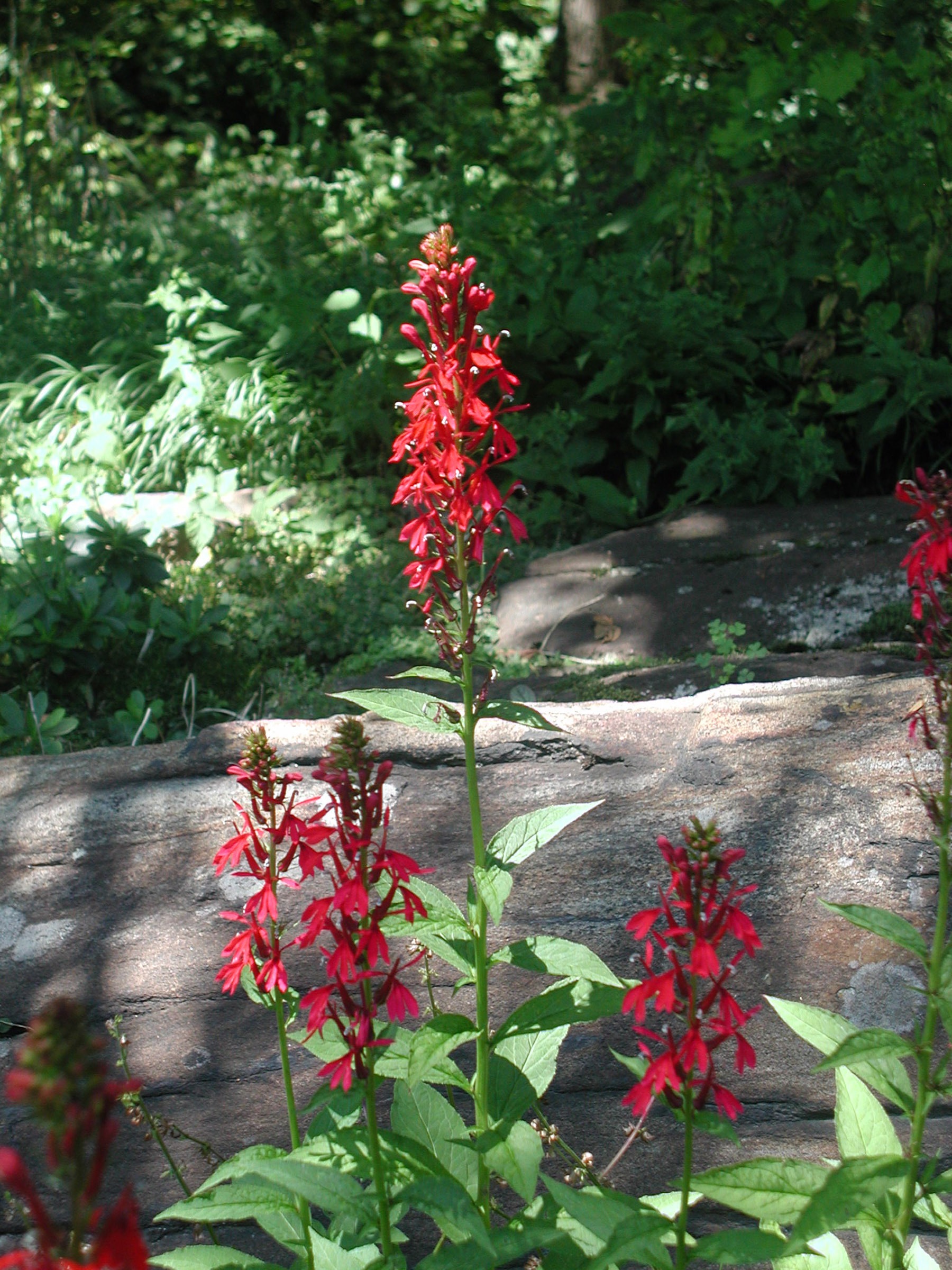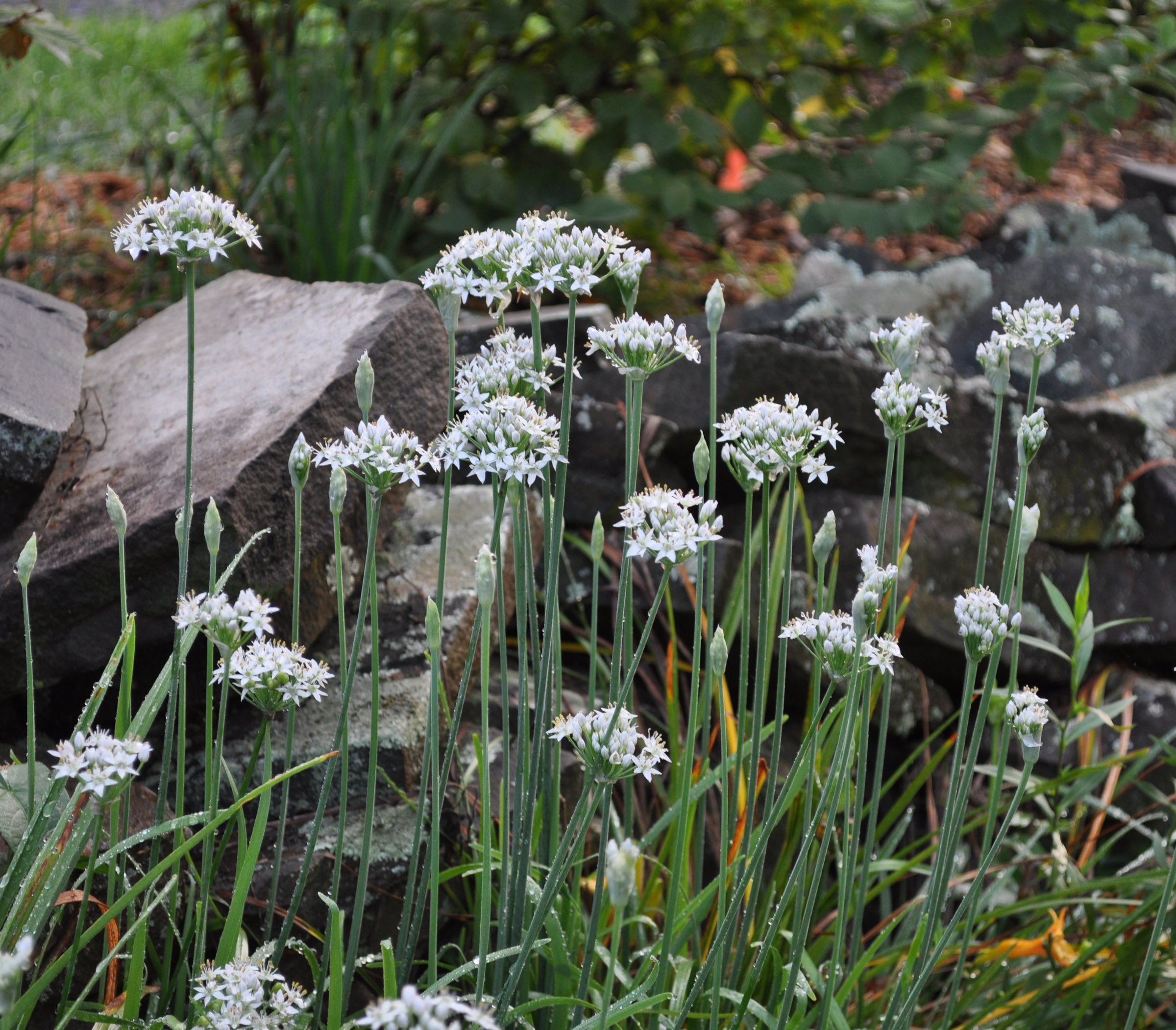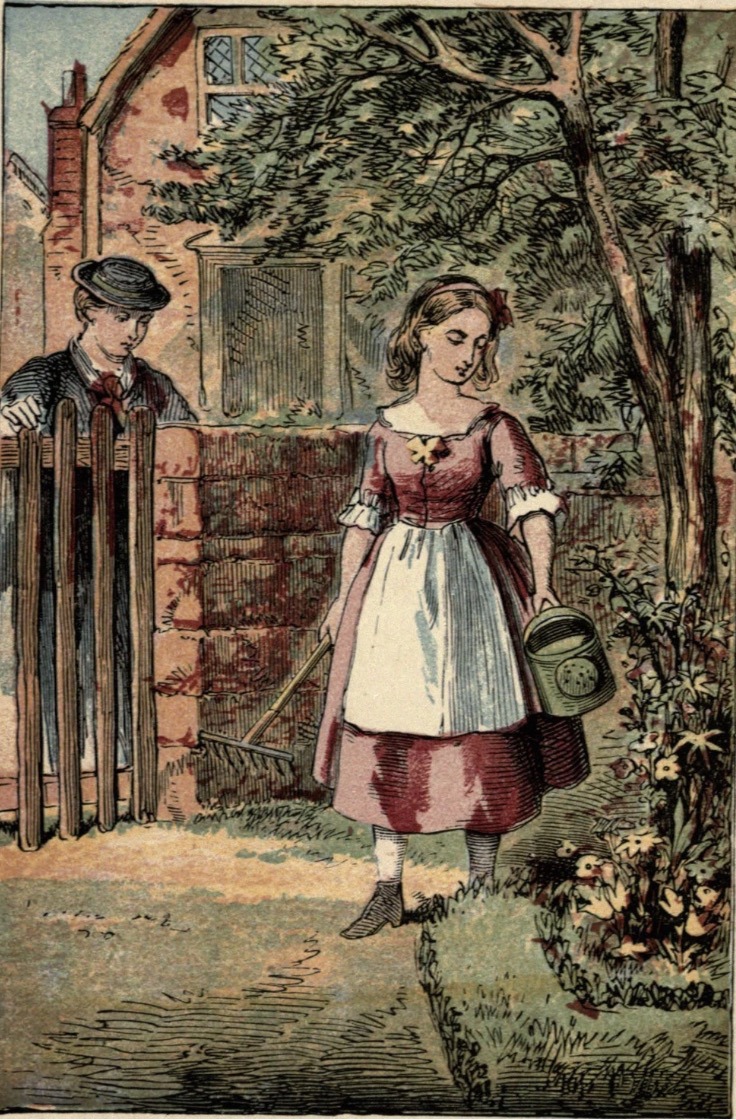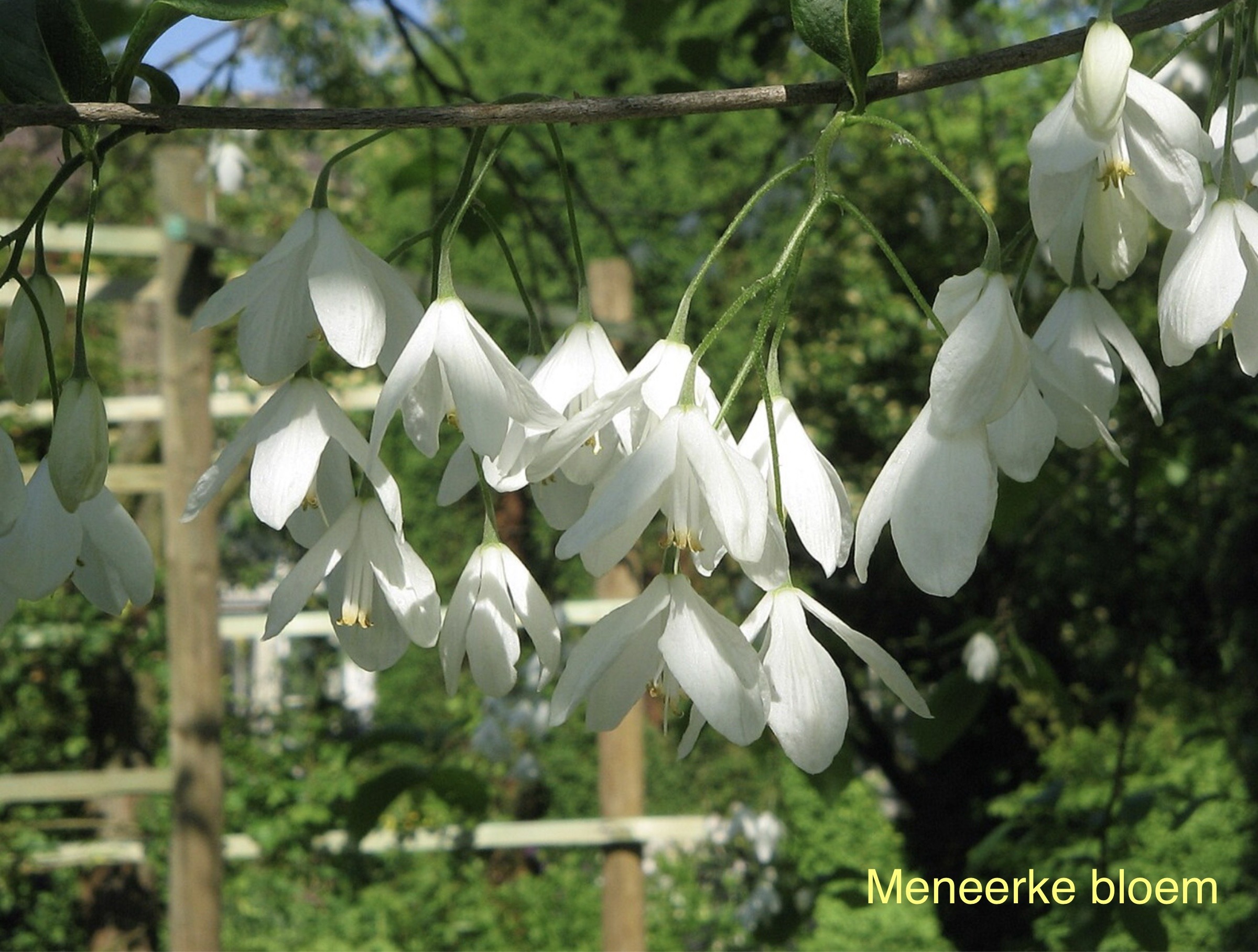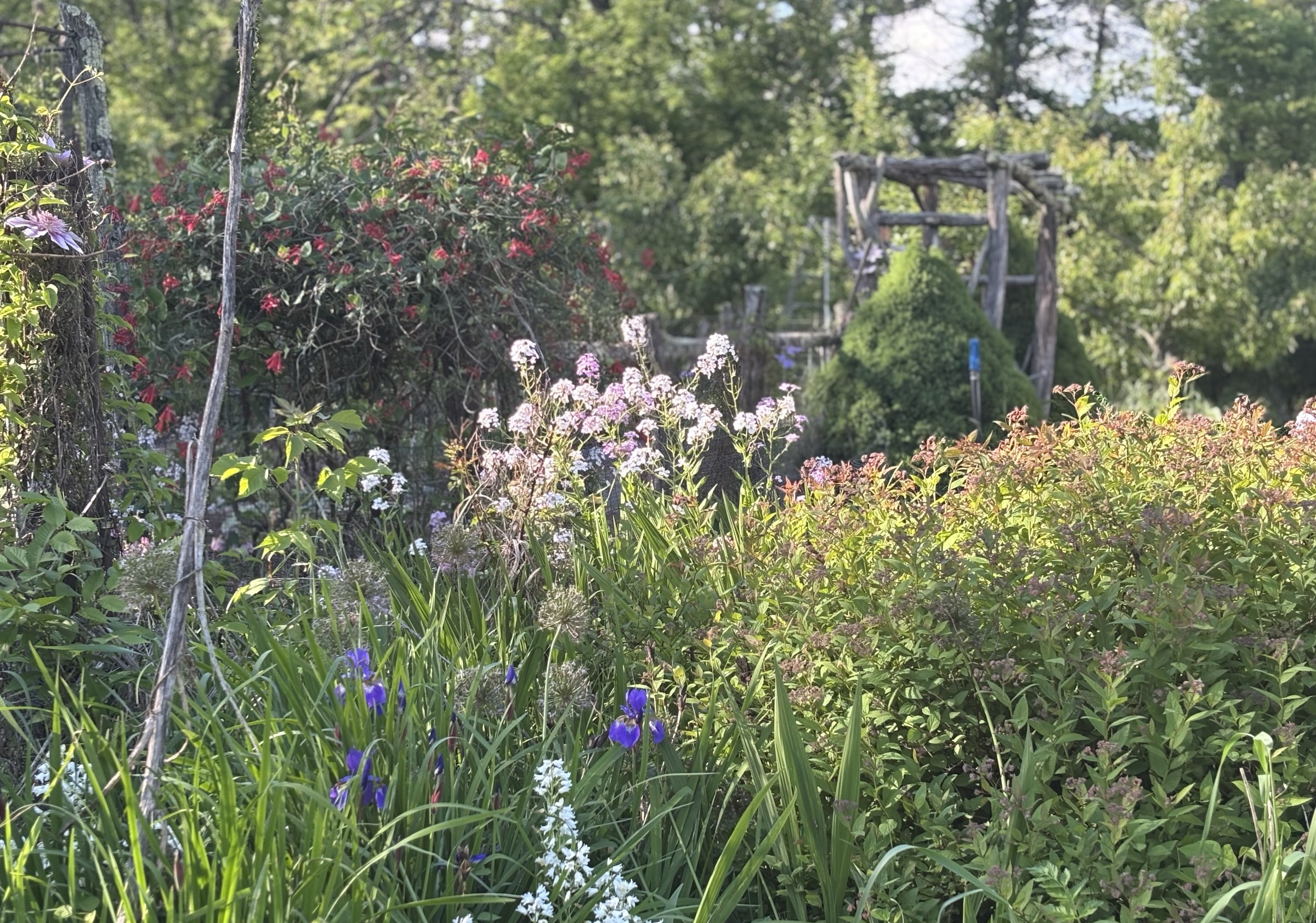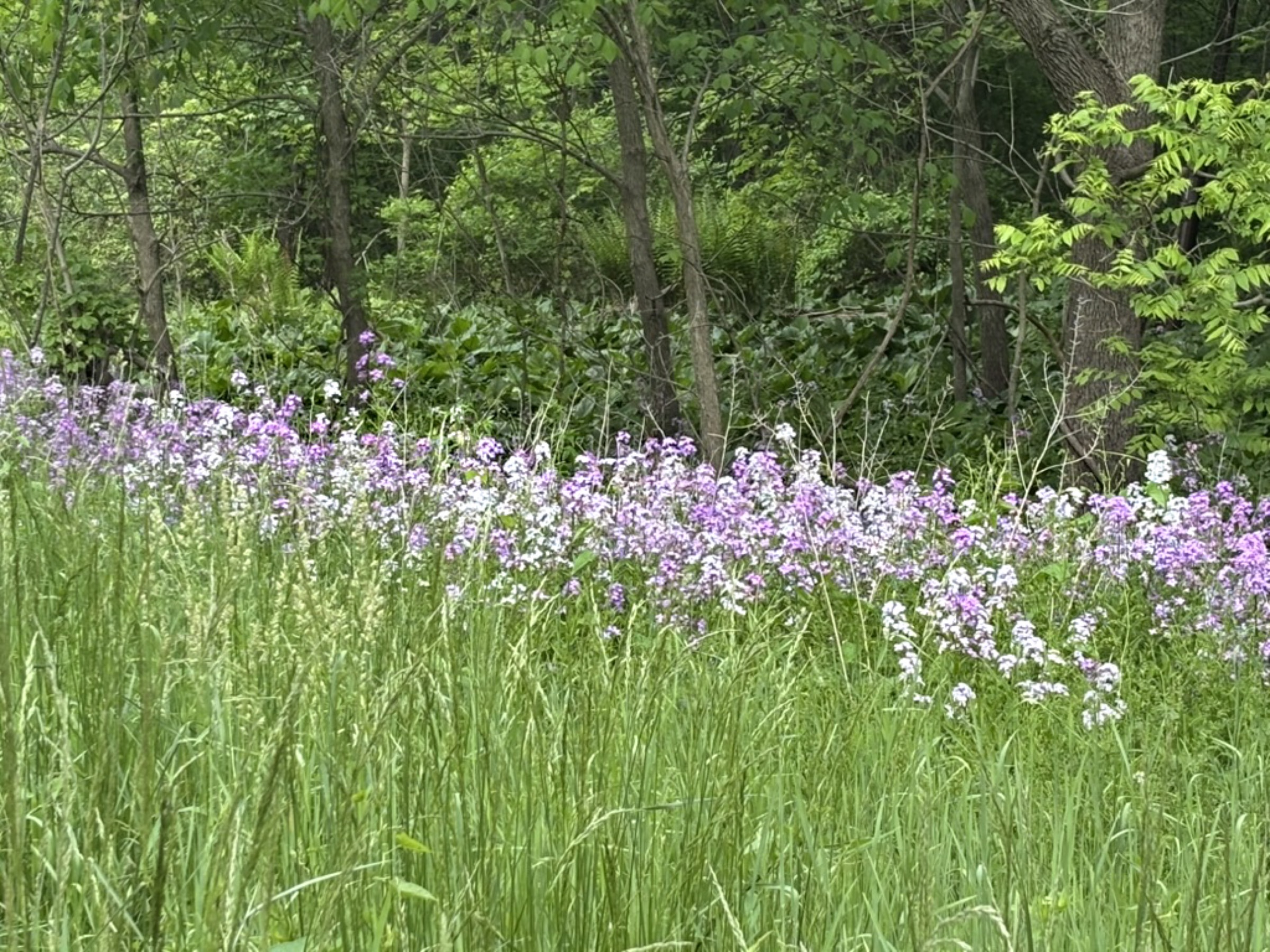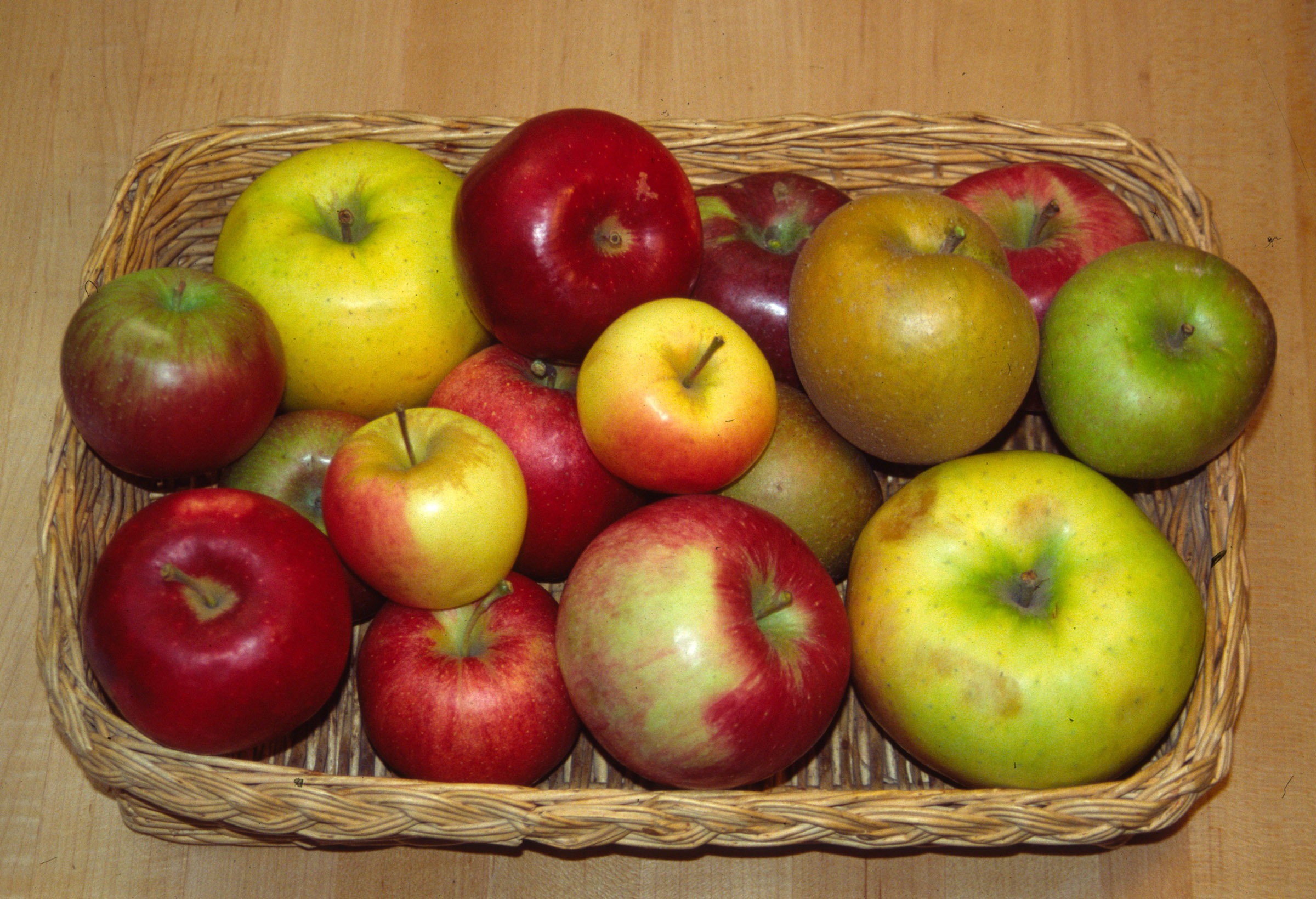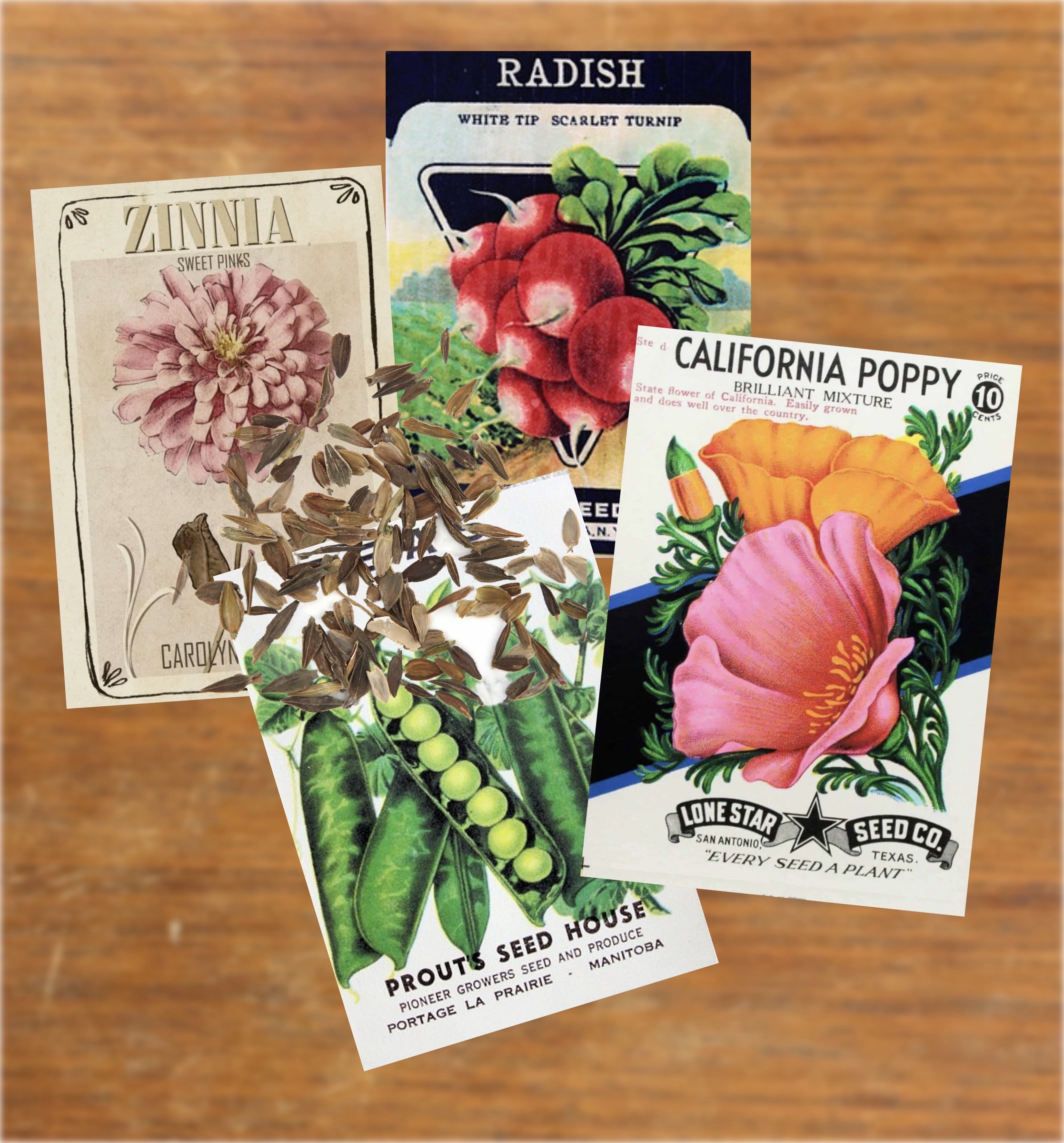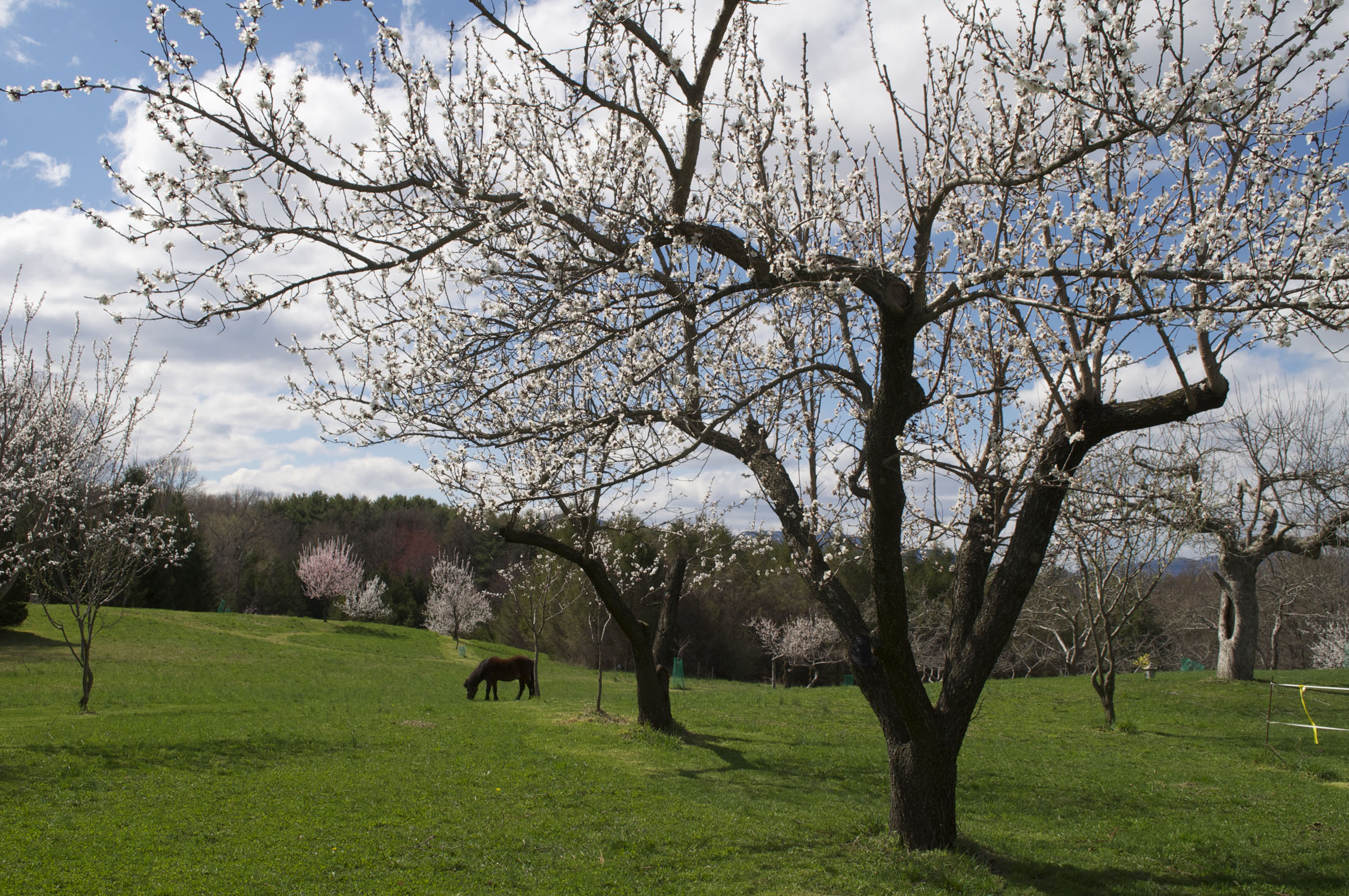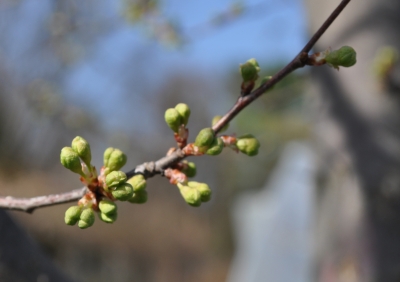JUMANGI!!!
The “True” Jimangi
Back in 1995, Robin Williams starred in a rather bizarre movie, Jumangi. The rhinoceroses charging through the living room and the crazed, great white hunter caused more terror than did the bizarre plant that kept threatening Robin Williams. After all, rhinoceroses and great white hunters, even crazy ones, are real enough, but that plant surely had to be no more than a moviemaker’s fantasy. Well, let me tell you, that odd looking plant bore an eerily strong resemblance to a real plant.

Jumanji

